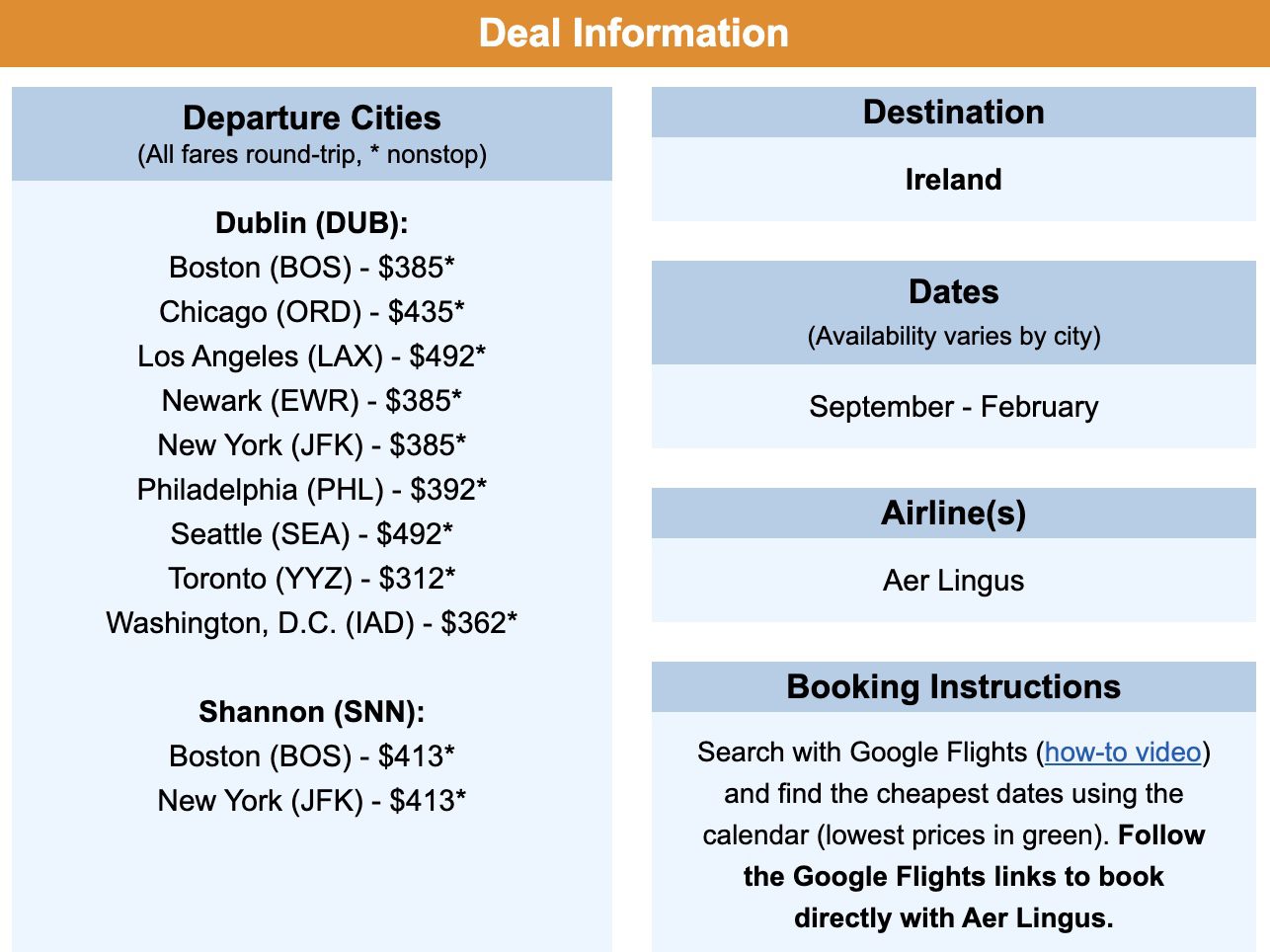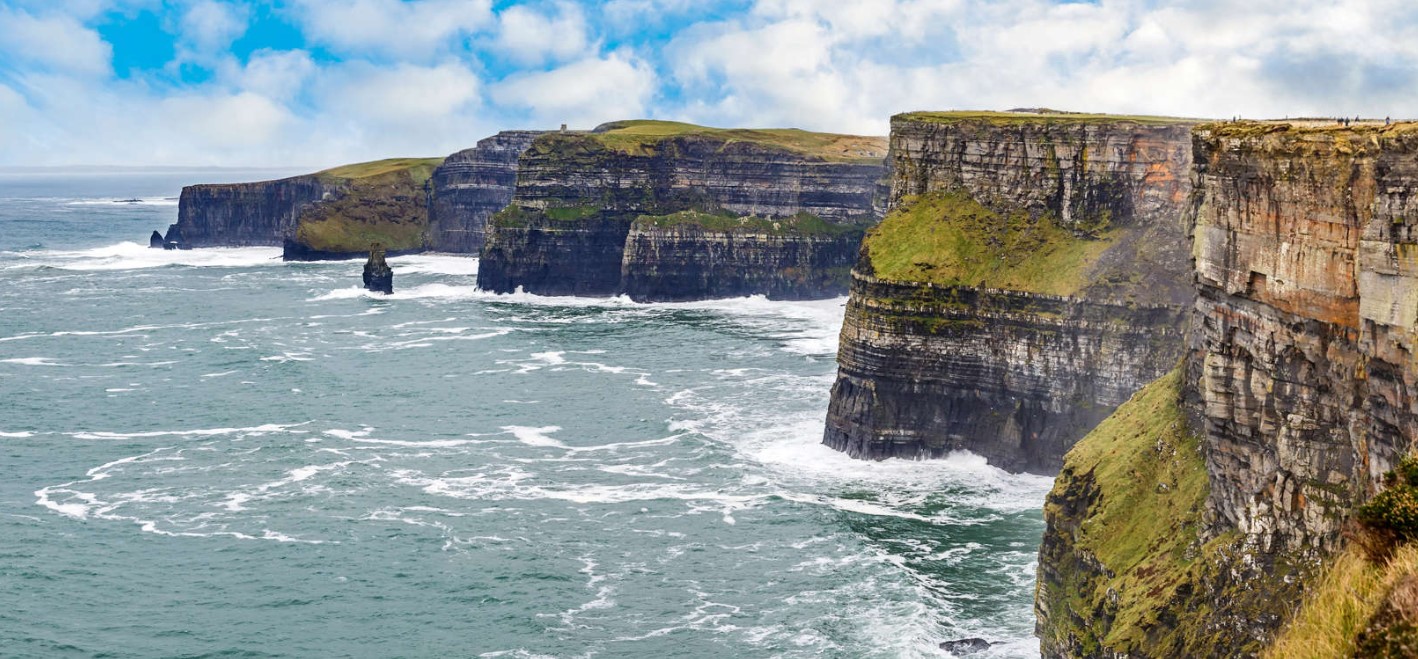
Ireland, the land of rolling green hills, ancient castles, vibrant culture, and friendly locals, often conjures images of luxury tours and hefty price tags. But don’t let that deter you from experiencing the magic of the Emerald Isle. With a little planning and savvy budgeting, you can uncover the beauty and charm of Ireland without breaking the bank. This comprehensive guide will help you find cheap flights, navigate the country affordably, and discover its top attractions, all while keeping your wallet happy.
Securing Your Ticket to Adventure: Finding Cheap Flights to Ireland
The key to an affordable Irish getaway starts with securing a budget-friendly flight. Here’s a breakdown of strategies to snag those elusive cheap tickets:

Related Articles about Emerald Isle on a Budget: Your Guide to Cheap Flights and Affordable Ireland Adventures:
- Buenos Aires: A Symphony of Passion, History, and Unforgettable Attractions
- Bali: An Island of Gods, Culture, and Unforgettable Adventures
- A Traveler’s Guide to Surabaya: Discovering the Soul of Indonesia’s City of Heroes
- The Windy City’s Wonders: A Comprehensive Guide to Chicago’s Top Attractions
- Dublin: A Journey Through History, Culture, and Craic
-
Be Flexible with Your Travel Dates: This is the golden rule of budget travel. Flying during the off-season (typically November to March, excluding Christmas and New Year) will significantly reduce flight costs. Mid-week flights (Tuesday, Wednesday, Thursday) are often cheaper than weekend flights. Use flight comparison websites to see price variations across different dates.
-
Consider Alternative Airports: Dublin Airport (DUB) is the primary international gateway, but Shannon Airport (SNN) in the west and Cork Airport (ORK) in the south can sometimes offer cheaper flights, particularly if you’re planning to explore those regions. Look into flights to these smaller airports and compare prices.
-
Utilize Flight Comparison Websites and Apps: These tools aggregate flight information from various airlines and travel agencies, allowing you to easily compare prices and find the best deals. Some popular options include:

- Google Flights: Offers a flexible date search and price tracking features.
- Skyscanner: Allows you to search for flights to "Everywhere" to find the cheapest destination.
- Kayak: Provides price alerts and explores "Hacker Fares" (booking separate one-way tickets).
- Momondo: Offers a comprehensive search engine and highlights hidden fees.
-
Set Price Alerts: Once you’ve identified your desired travel dates and destinations, set up price alerts on your preferred flight comparison website. You’ll receive notifications when prices drop, allowing you to pounce on a good deal.
-
Consider Budget Airlines: Ryanair and Aer Lingus are the primary airlines serving Ireland. While Aer Lingus is a full-service carrier, Ryanair is a budget airline known for its low fares. Be mindful of Ryanair’s strict baggage policies and extra fees for add-ons like seat selection and checked luggage. Packing light and adhering to their guidelines can help you save money.
-
Book in Advance (But Not Too Early): Generally, booking flights 2-3 months in advance for international travel is a good strategy. Booking too early (e.g., more than 6 months out) might not guarantee the best price, as airlines often adjust fares based on demand.
-
Embrace Connecting Flights: Direct flights are convenient, but they often come with a higher price tag. Consider connecting flights, even if it adds a few hours to your journey. Sometimes, a layover can save you a significant amount of money.
-
Be Open to Package Deals: Check for flight and hotel packages offered by travel agencies. These packages can sometimes be cheaper than booking flights and accommodation separately.
Unveiling Ireland’s Treasures: Top Attractions on a Budget
Ireland is brimming with breathtaking landscapes, historical sites, and cultural experiences. Here are some of the top attractions that can be enjoyed without emptying your wallet:
-
The Cliffs of Moher: These dramatic cliffs towering over the Atlantic Ocean are a must-see. While there’s an admission fee for the visitor center, you can enjoy stunning views from various points along the cliff walk for free.
-
The Ring of Kerry: This scenic driving route showcases the beauty of County Kerry, with its rugged coastline, picturesque villages, and stunning mountain views. Driving the Ring of Kerry is free, but factor in the cost of fuel and parking.
-
Giant’s Causeway: Located in Northern Ireland, this UNESCO World Heritage site features unique basalt columns formed by ancient volcanic activity. The visitor center charges an admission fee, but you can access the Causeway itself for free.
-
Dublin’s Free Attractions: Dublin offers numerous free attractions, including the National Museum of Ireland (Archaeology, Decorative Arts & History, Natural History), the National Gallery of Ireland, and the Irish Museum of Modern Art (IMMA). Stroll through Trinity College’s campus and admire the historic architecture.
-
Hiking and Outdoor Activities: Ireland is a paradise for hikers and outdoor enthusiasts. Explore the Wicklow Mountains National Park, Connemara National Park, or the Burren National Park. Hiking trails are generally free, allowing you to immerse yourself in Ireland’s stunning natural beauty.
-
Explore Historical Sites: Many historical sites, such as ancient castles and monastic ruins, are either free to enter or have a nominal admission fee. Explore the Rock of Cashel, Clonmacnoise, or Glendalough.
-
Attend Traditional Music Sessions: Immerse yourself in Irish culture by attending a traditional music session in a local pub. While you’ll likely purchase a drink, the music is typically free.
A Glimpse into the Past: Understanding Ireland’s Rich History
Ireland’s history is a tapestry woven with Celtic myths, Viking invasions, English rule, and a long struggle for independence. Understanding this history will enrich your travel experience.
-
Celtic Heritage: Explore ancient Celtic sites like Newgrange, a prehistoric passage tomb older than the pyramids of Egypt.
-
Viking Influence: Discover the legacy of the Vikings in coastal towns like Dublin and Waterford.
-
English Rule and the Great Famine: Learn about the impact of English rule and the devastating Great Famine of the 19th century.
-
The Easter Rising and Independence: Understand the significance of the Easter Rising of 1916 and Ireland’s eventual independence.
Navigating the Emerald Isle: Transportation Options
Getting around Ireland affordably requires careful planning:
-
Rental Car: Renting a car offers flexibility, especially for exploring rural areas. Compare prices from different rental companies and book in advance. Be aware that driving is on the left side of the road.
-
Public Transportation: Ireland has a decent public transportation system, including buses and trains. Bus Éireann operates a comprehensive network of buses throughout the country. Irish Rail connects major cities and towns. Consider purchasing a Leap Visitor Card for discounted fares in Dublin.
-
Walking and Cycling: Walking and cycling are excellent ways to explore cities and towns. Many cities have bike rental programs.
-
Consider a Guided Tour: If you prefer not to drive, consider joining a guided tour. Numerous tour operators offer day trips and multi-day tours to various destinations.
Rest Your Head: Affordable Accommodation Options
Finding budget-friendly accommodation is crucial for keeping your trip affordable:
-
Hostels: Hostels offer dormitory-style accommodation at budget-friendly prices. They are a great option for solo travelers and backpackers.
-
Guesthouses and Bed & Breakfasts (B&Bs): B&Bs offer a more personalized experience than hotels, often with home-cooked breakfasts. Prices can be reasonable, especially outside of peak season.
-
Airbnb: Airbnb offers a wide range of accommodation options, from private rooms to entire apartments, often at lower prices than hotels.
-
Camping: Camping is a budget-friendly option for adventurous travelers. Ireland has numerous campsites located in scenic areas.
-
Consider Staying Outside City Centers: Accommodation prices tend to be lower outside of city centers. Consider staying in smaller towns or villages and commuting to the main attractions.
When to Visit: Timing Your Trip for the Best Deals
The best time to visit Ireland for budget travelers is during the shoulder seasons (April-May and September-October) or the off-season (November-March). The weather might be less predictable, but you’ll enjoy lower prices and fewer crowds. Summer (June-August) is the peak season, with higher prices and more tourists.
Essential Travel Tips for Ireland:
-
Pack for All Types of Weather: Ireland’s weather can be unpredictable, so pack layers and waterproof clothing.
-
Learn a Few Basic Irish Phrases: While English is widely spoken, learning a few basic Irish phrases will be appreciated by locals.
-
Embrace the Pub Culture: Irish pubs are more than just places to drink; they are community hubs where you can enjoy traditional music, food, and conversation.
-
Be Prepared for Rain: Rain is a common occurrence in Ireland, so be prepared with waterproof gear.
-
Respect Local Customs and Traditions: Be mindful of local customs and traditions.
-
Enjoy the Craic: "Craic" is an Irish term for fun and good times. Embrace the friendly and welcoming atmosphere of Ireland.
Conclusion:
Ireland doesn’t have to be an expensive destination. By following these tips for finding cheap flights, utilizing affordable transportation and accommodation options, and focusing on free or low-cost activities, you can experience the magic of the Emerald Isle without breaking the bank. So, pack your bags, book that flight, and prepare for an unforgettable adventure in Ireland! The friendly locals, breathtaking landscapes, and rich culture await you. Sláinte! (Cheers!)





